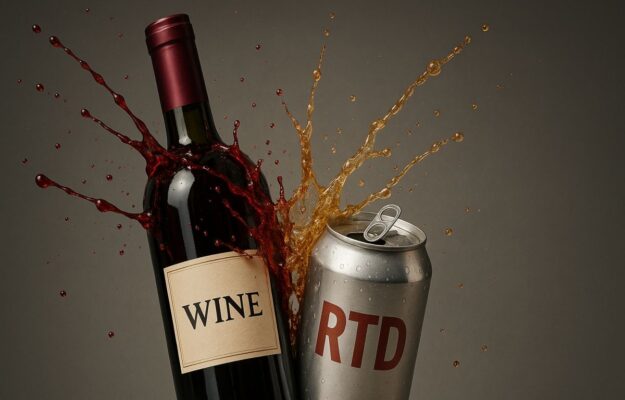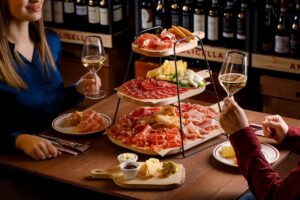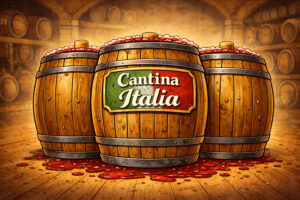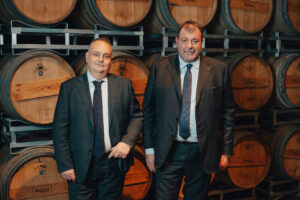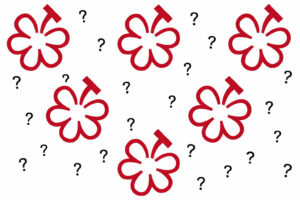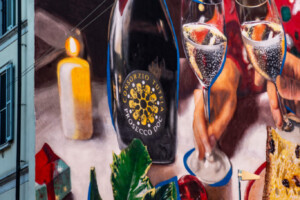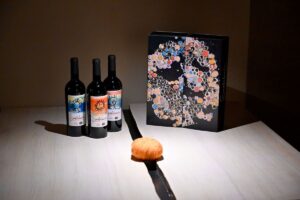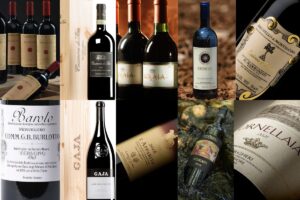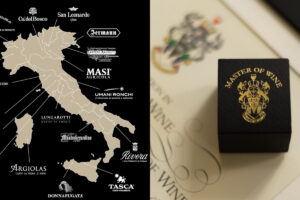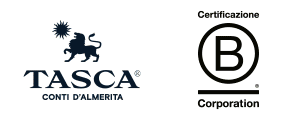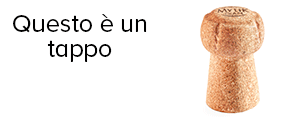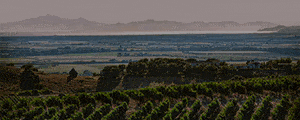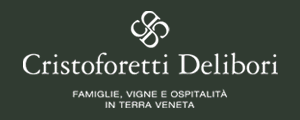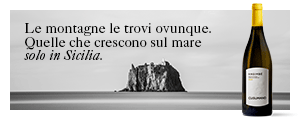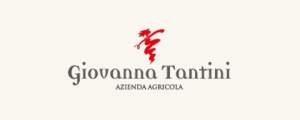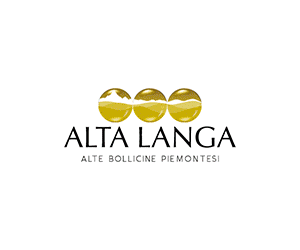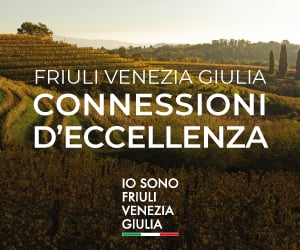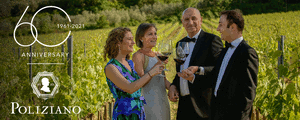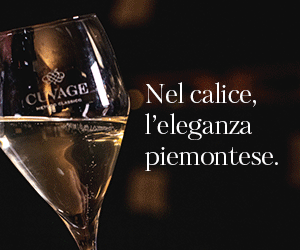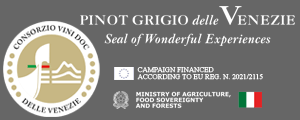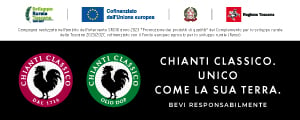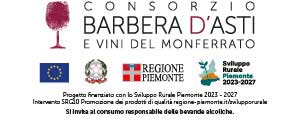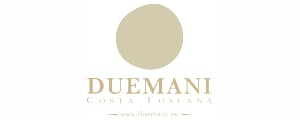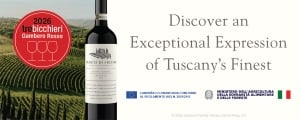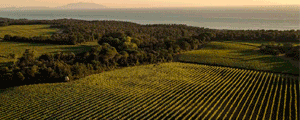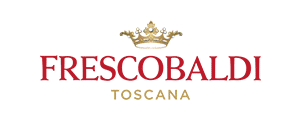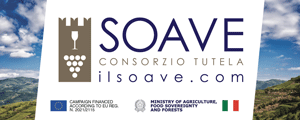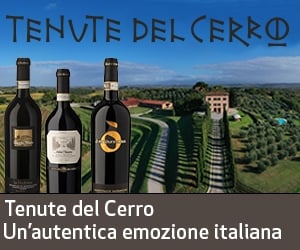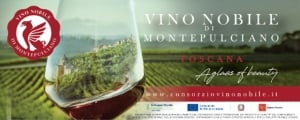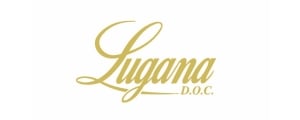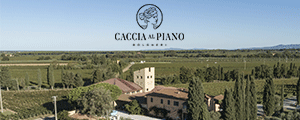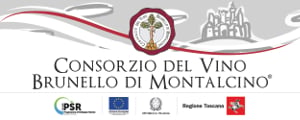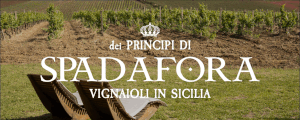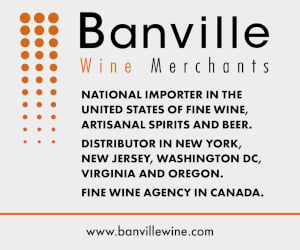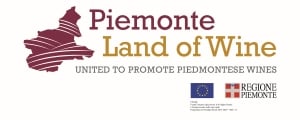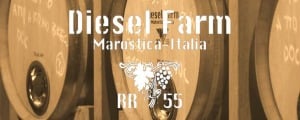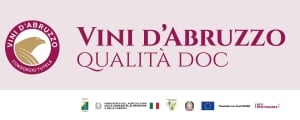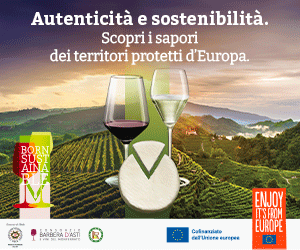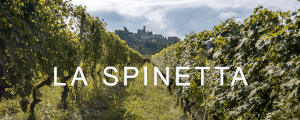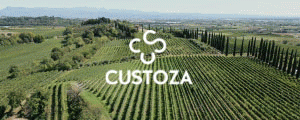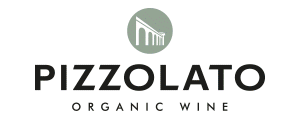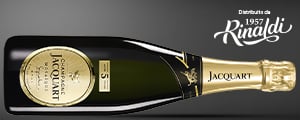Among the many challenges facing wine today, amid a widespread, slow but structural decline in consumption across much of the world, especially in countries with more mature and established wine consumption, there is a concrete and perhaps previously underestimated one: the rapid rise of ready-to-drink (Rtd) products. This category is gaining market share and reshaping global consumption habits. According to a recent study by the International Wine & Spirits Research (Iwsr), one of the leading global sources of data and analysis on the alcoholic beverage market, Rtds passed from 1% to 2% of global consumption and are expected to maintain this share until 2029. Meanwhile, still wine has dropped from 11% to 10%, with forecasts predicting a further decline to 9%.
Consumers, drawn by the convenience, variety of flavors, and increasing quality of Rtds, are shifting their preferences, often at the expense of wine and beer, especially in key markets like the United States, Japan, and Australia. Since 2019, the growth of Rtds in these countries has coincided with a steady decline in still wine consumption, according to Iwsr. In Germany, Rtds are growing at a compound annual growth rate (Cagr) of 11% between 2019 and 2024. In contrast, Italy shows an opposite trend, with a drop of Rtds (-2% in 2024 with a drop of 1% from 2019 to 2024). Still wine is also declining in Italy, with a 3% decrease over the same period, and further drops are expected. On the other hand, sparkling wine has seen a +1% increase and is expected to grow by 2% until 2029, according to Iwsr.
The success of Rtds lies in their ability to meet modern needs: they require no corkscrew or glass, offer innovative flavors, and come in attractive packaging often promoted by influencers and social media campaigns. They are also perceived as healthier, thanks to low-calorie, low-alcohol, and gluten-free formulations, while wine is often seen as more caloric and less transparent in labeling, continues International Wine & Spirits Research. Changing consumption habits with the consequent decline of formal dinners and traditional social settings have further reduced occasions where wine plays a central role. Particularly, Millennials (people born between the early 1980s and mid-1990s) show a preference for Rtds and vodka, leaving wine at a disadvantage, according to Iwsr’s Australia Wine Landscapes report.
To react, wine industry is exploring new paths: more accessible packaging like canned wine, simplified branding, modern marketing, and innovative products such as flavored wines and sparkling aromatics. In Canada, for example, these products have seen a cumulative growth of +65% between 2019 and 2024, proving that reinvention is possible. “So far, it has been difficult for wine producers to counter the main strengths of Rtds, such as convenience and portability, since Rtds don’t require corkscrews or glasses - affirms Richard Halstead, Coo of Consumer Insights - in terms of flavor innovation, wine struggles to keep pace with Rtds in product development and trend responsiveness. While Rtds are often marketed as low-calorie, low-alcohol, or gluten-free tapping into health and moderation trends, wine is frequently perceived as more caloric, sugary, and less transparent in labeling”. Rtds also enjoy a competitive edge in sales channels and appearance, with a strong presence in e-commerce that aligns with modern purchasing behaviors and eye-catching packaging that encourages trial, especially among younger consumers. “Additionally - continues Halstead - the shift in occasions and consumption habits has led to a decline in formal dinners and traditional social contexts, once key moments for wine, which means the category may need to target new occasions”. The rise of Rtds suggests that wine must reinvent itself, adopting more accessible packaging and simplified branding strategies, while emphasizing the importance of modern marketing and direct engagement with consumers, especially younger ones”, Halstead concludes.
Copyright © 2000/2025
Contatti: info@winenews.it
Seguici anche su Twitter: @WineNewsIt
Seguici anche su Facebook: @winenewsit
Questo articolo è tratto dall'archivio di WineNews - Tutti i diritti riservati - Copyright © 2000/2025










